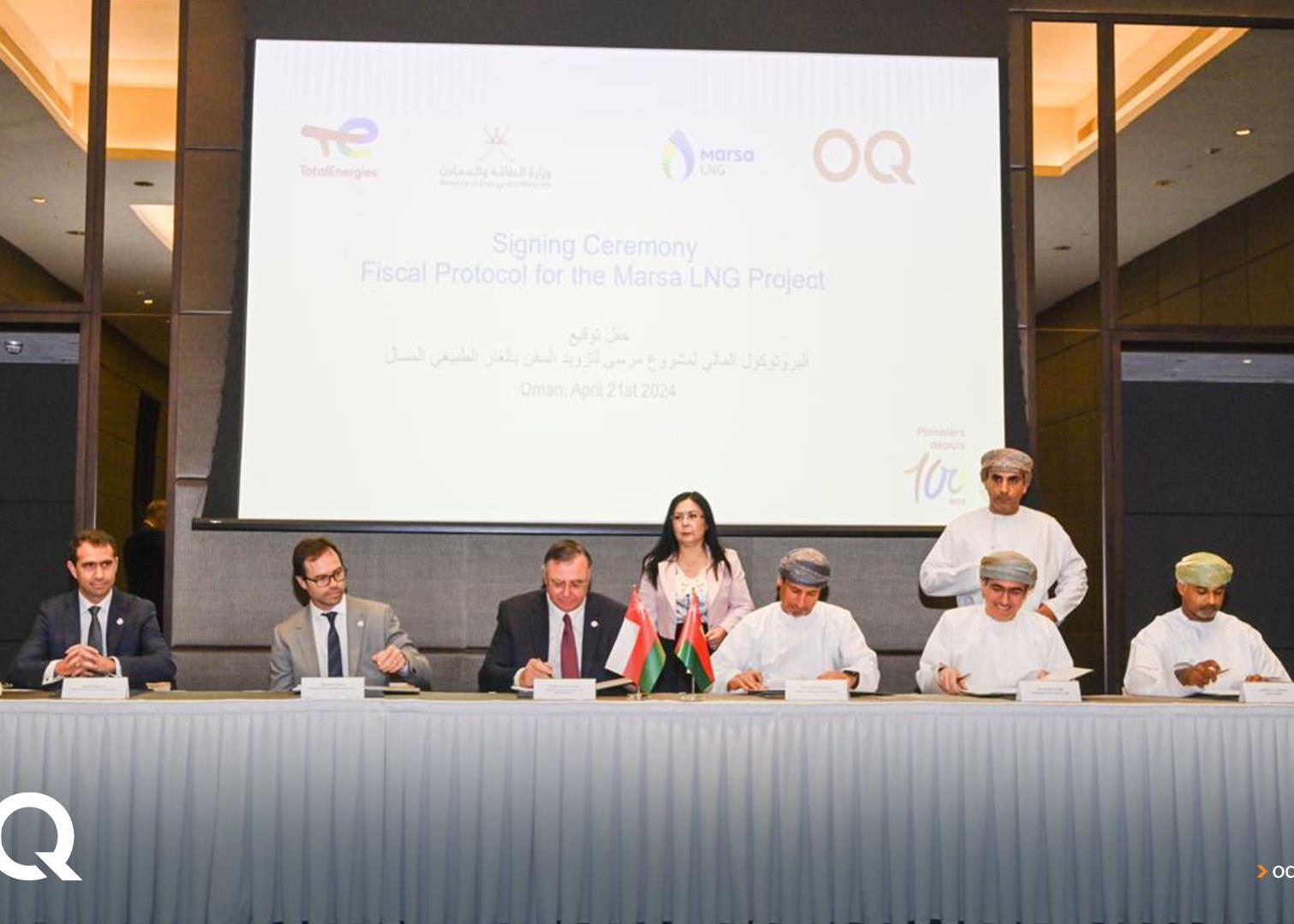
IN the mid-1990s, the Greater Amman Municipality covered the last section of the small stream running along the edge of the Muhajareen district next to downtown Amman. 'They covered it with a box culvert,' says architect Bilal Hammad, 'and discovered they had a major piece of land in the middle of the city.' The mayor of Amman at the time, Mamdouh Abbadi, was quick off the mark in launching an ambitious plan to develop the 140-dunum site which contained rundown housing, a funfair and a park. Although blessed with well established trees, the plot suffered from problems of poor drainage and years of neglect.
It was perhaps fitting that Bilal Hammad Consultants was chosen to draw up the masterplan for the site. Hammad remembers swimming and fishing in the stream as a child in the late 1950s and had watched with regret as its waters became polluted and its surroundings increasingly shabby.
Hammad says his basic idea was to develop an urban space that was mostly plazas but also an appropriate setting for a new city hall, municipality building and cultural buildings that could fulfil the mayor's dream of providing a central meeting place for all Amman residents.
'We could no longer see the stream so I suggested having a water element throughout the site, ranging from a lake in the park, to a series of water channels, an aqueduct and a fountain that would hark back to its early character,' says Hammad. He also wanted the plaza to function as a promenade, a goal helped by its very long, narrow dimensions. 'I had always been conscious that Amman lacked pedestrian areas. And I wanted people to be able to walk along the entire site,' he says. This access has been achieved by ensuring that all buildings are designed with a walk-through capacity.
One of the most dramatic elements in the plaza is a planned aqueduct and waterfall next to the mosque. 'I want it to be a dramatic focal point,' says Hammad. 'A three-dimensional moving sculpture that makes a noise and continues the water theme.'
The municipality's construction supervisor for the project, Fadwa Abu Ghaida, says work on the site began with the City Hall, which houses the mayor's offices, a number of small multi-purpose halls and a large exhibition space, with the Municipality building and Fountain Plaza completed soon after. Construction has now begun on the mosque, which replaces an older mosque demolished to make way for a new road, and on a four-storey cultural centre with an elevated plaza, which will have a 620-seat theatre, a public library and three or four multipurpose halls. The municipality hopes to have the cultural centre completed in time for January 2000.
Abu Ghaida points out that it is not a high cost project. The city hall, municipality and cultural centre will cost a total of JD 16 million ($22.5 million), with all work financed from the Amman municipality's own resources. The project will provide a bonus in savings of JD 3,000 ($4,200) a month that was being paid for rented premises. She says costs have also been kept down on the mosque which is being financed by a private donor, while Bilal Hammad is providing design services free of charge and the contractor is working for the cost of materials.
The project also enjoys the distinction of bringing Jordan's leading architects together for their first joint projects. Hammad and Jaafar Toukan worked together on the municipality building while Jaafar Toukan and Rassem Badran tackled the city hall. The choice of architects has been justified by the understated grace of the two completed buildings. Hammad has taken sole responsibility for the design of the cultural centre and the mosque.
The only section of the Plaza still unsettled is a planned museum building. A special committee is working on designs with the Japan International Co-operation Agency (JICA) which will also finance construction but no details of their plans have been released.
Hammad is confident that the development will enhance the quality of the surrounding area, which earned the name Al-Muhajareen (the immigrants) from the Circassian migrants from Russia who settled the area at the turn of the century, and is now a crowded mix of close packed, rundown housing and a hotch potch of commercial premises. A new bus terminal located next to the site connects with Amman's main Raghadan bus terminal and channels people past the plaza throughout the day. 'The value of land on either side of the plaza has risen substantially and this will encourage owners to think of new uses for their land and property,' says Hamad.
Abu Ghaida says the early Circassian presence on the site will be remembered by the rebuilding of an old Circassian Committee building which was demolished at the beginning of work. 'The building had no particular architectural significance,' she says, 'but it is a link with the early settlers.'
The plaza is still in progress and is not clear whether it will fulfil the former mayor's dream of a central meeting place for the city, but it has already carved out a role as a popular recreation centre for people from the surrounding area. Every evening throughout Amman's recent hot summer it was packed with Muhajareen families, with their children taking delight in its fountains and their abundant water at a time when water was often unavailable from taps at home.
You might also like...

Middle East contract awards: March 2024
23 April 2024

Swiss developer appoints Helvetia residences contractor
23 April 2024

Adnoc in talks for Ruwais LNG project stakes
23 April 2024

Ajban financial close expected by third quarter
23 April 2024
A MEED Subscription...
Subscribe or upgrade your current MEED.com package to support your strategic planning with the MENA region’s best source of business information. Proceed to our online shop below to find out more about the features in each package.





